
Recommendation
Innovation expert Lisa Bodell shares ideas, diagnostic exercises, activities and tools to help leaders simplify corporate environments. She helps leaders embrace simplification as a habit. Bodell provides tools for getting started – often the biggest hurdle – while offering advice for people up and down the corporate ladder. Her well-defined exercises are engaging and useful. If you’re ready to create simplified processes for long-term benefit, here’s your open door.
Summary
About the Author
Author of Kill the Company, Lisa Bodell is founder and CEO of FutureThink, which helps businesses embrace simple techniques that drive innovation.
By the same author
Book
Learners who read this summary also read
Book
Book
Article
Book










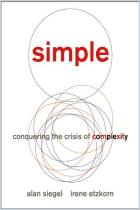
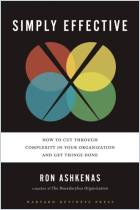
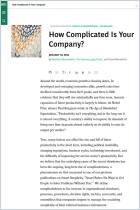
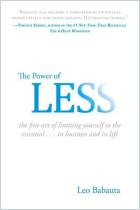
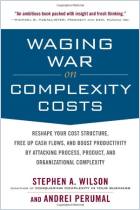




Comment on this summary